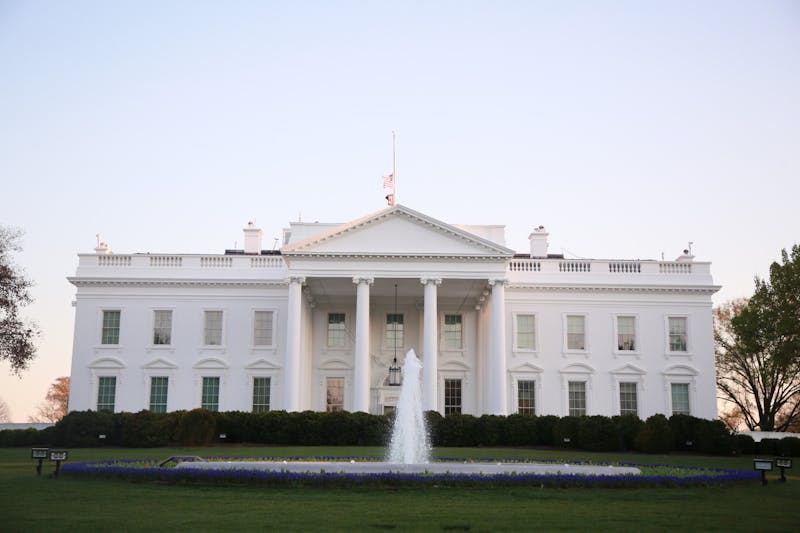The Natural Sciences division of the School of Arts and Sciences is participating in the Evolution Cluster, a program that would make Darwin proud.
A cluster is a type of hiring program that searches for the best candidates within a particular thematic field, rather than within a particular department, Associate Dean for the Natural Sciences Richard Schultz explained. It aims to promote collaboration between departments on evolutional research — rather than the survival of the fittest.
Schultz proposed the idea of the cluster hire about two years ago to then-dean of SAS Rebecca Bushnell during a dean’s retreat. Although he felt that this type of hire could eventually be employed in the other divisions of the school, “the Natural Sciences was best situated to do this because of a history of [being a] collaborative discipline,” Schultz said.
“The concept of evolution permeates through all of the natural sciences in one way or another,” Schultz said.
The four new hires made by the selection committee include Gareth Roberts, who simulates language evolution in laboratory settings by playing communication games, such as having participants try to talk while a computer distorts their speech or having them make trades in a made-up language.
Other hires include Eleni Katifori, who studies leaves from the perspectives of multiple disciplines, Erol Akçay, a theoretical biologist, and evolutionary biologist Allison Sweeney. Sweeney was the first to be hired and is already at Penn.
Once the new Evolution Cluster hires settle into their research after arriving on campus in July or January, they will also teach classes, Schultz said. While he does not foresee a certificate program developing from the cluster, he hopes the innovative classes will expose undergraduates to fields within the established departments that they might not have known about otherwise.
“Penn undergraduates are voraciously interdisciplinary,” Kamien noted. “It wasn’t a gap in knowledge [we were trying to fill with the Evolution Cluster], more of a gap in knowing the knowledge was there.”
The hiring committee, which included two faculty representatives from each of the seven natural science departments, used what Schultz termed the “n+1 rule” to select candidates who had an interdisciplinary method to their research. The rule posits that there should be at least one more department involved in the search for potential candidates than the number of positions available to fill.
“We wanted to make sure the people we were considering would be the people who would bridge departments,” Randall Kamien, a physics professor, Associate Dean for Graduate Affairs and head of the hiring committee, said.
Many members of the committee said they feel the experience of participating in the Evolution Cluster hire was enlightening. The program has hosted seminars across the departments that faculty can attend to learn more about relevant topics.
“There’s a sense amongst the faculty of 'wow', they actually have more in common than they realized,” Schultz said. “It’s like [they are] people of different cultures.”
Clark said that learning about molecular biology and how the environment influences gene expression made him wonder if there are analogous processes at work in language.
“I’m starting to think of language as a branch of biology,” he said.
The hiring committee of a second cluster, the Energy Cluster, has already selected its first candidate who will sit in the Chemistry Department. Schultz is currently accepting proposals for new cluster hire ideas as well.
The Daily Pennsylvanian is an independent, student-run newspaper. Please consider making a donation to support the coverage that shapes the University. Your generosity ensures a future of strong journalism at Penn.
DonatePlease note All comments are eligible for publication in The Daily Pennsylvanian.







